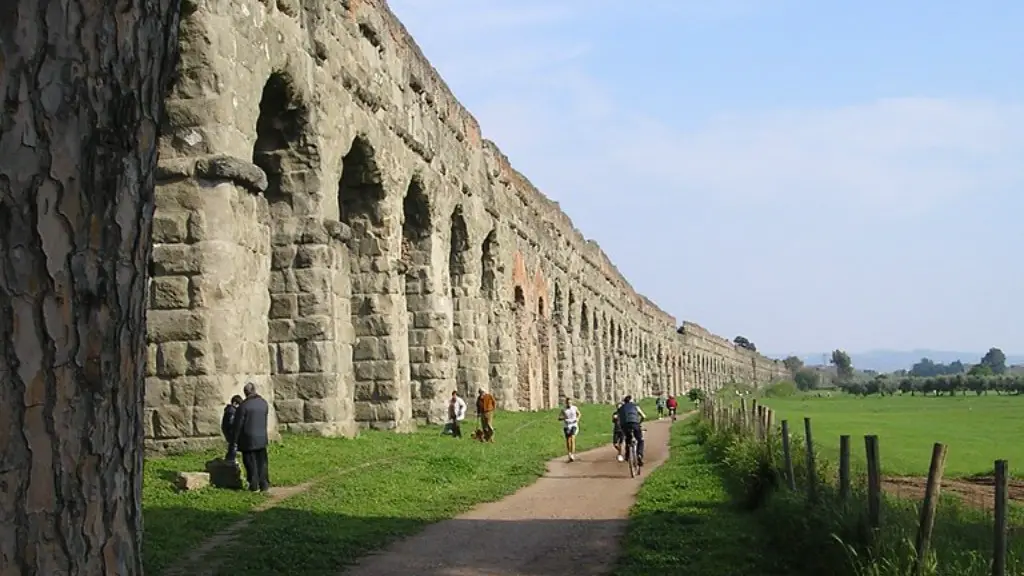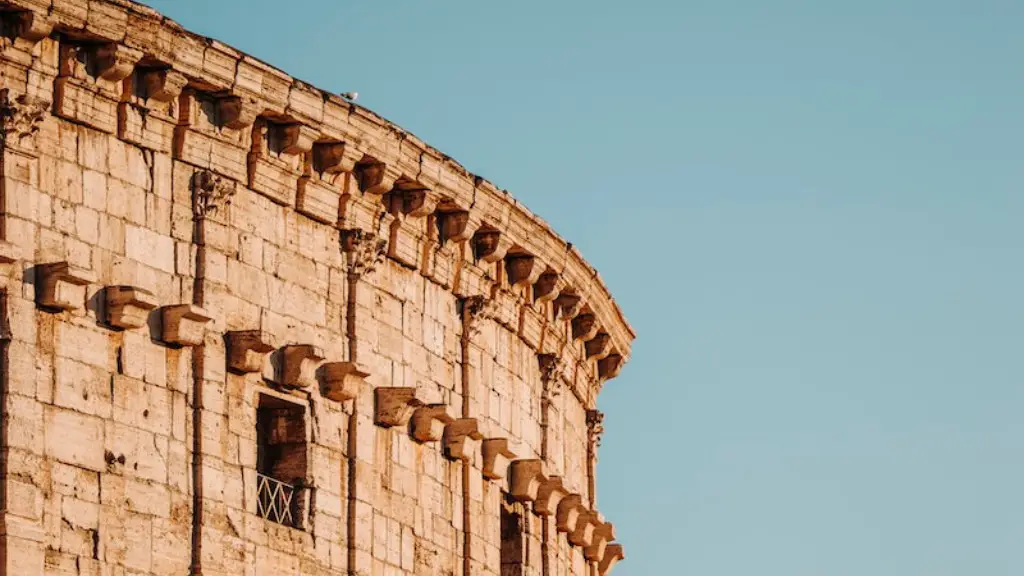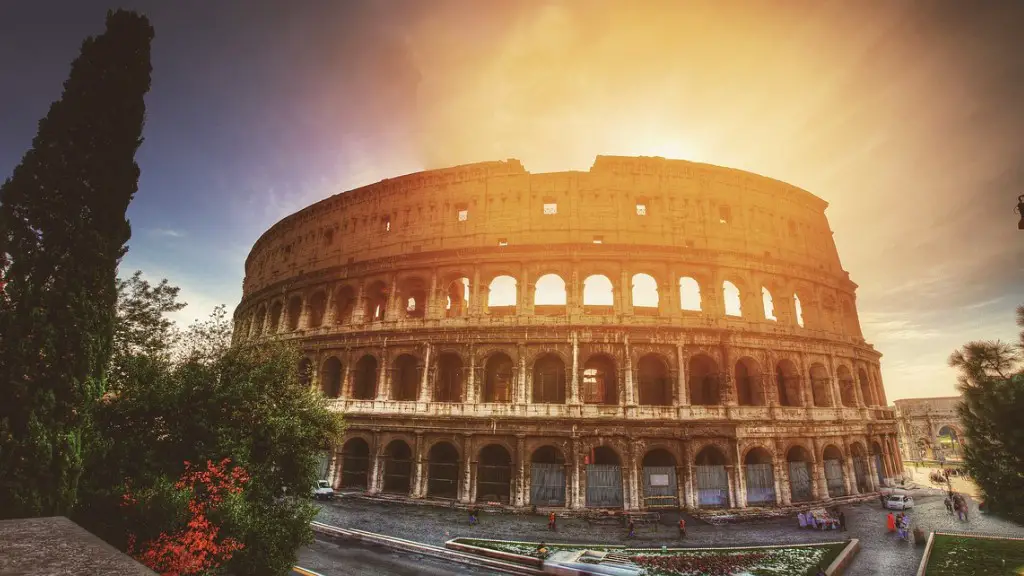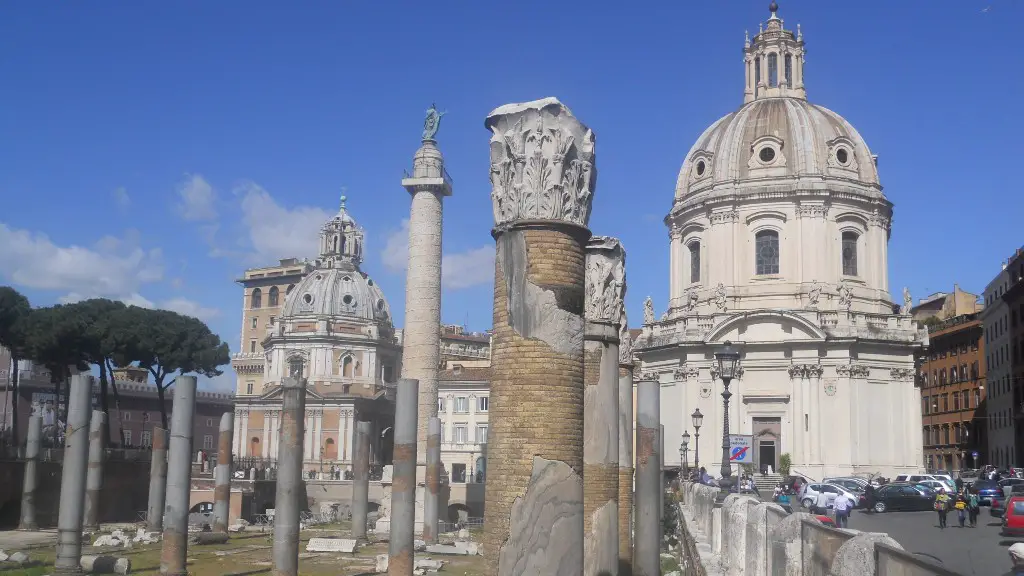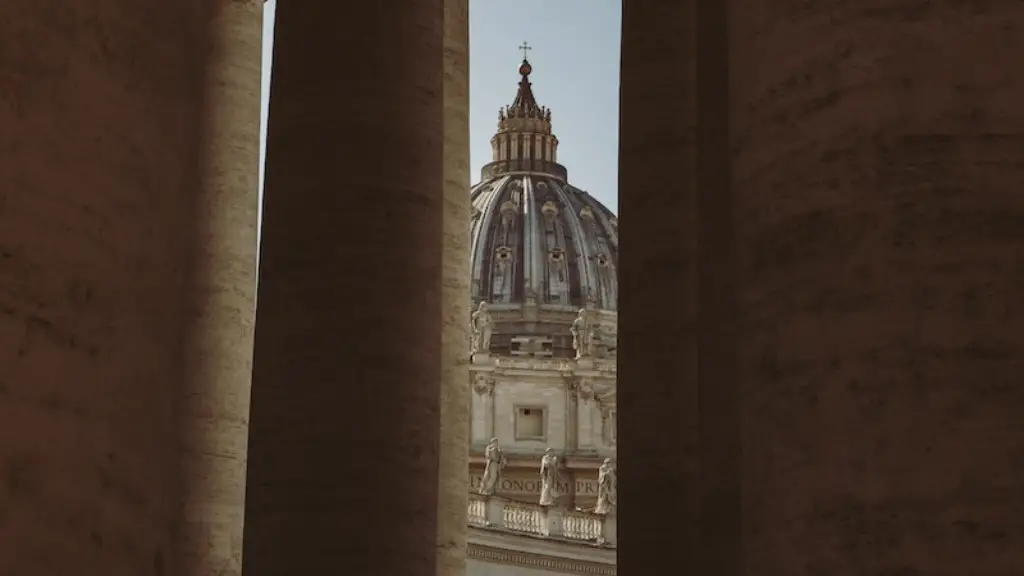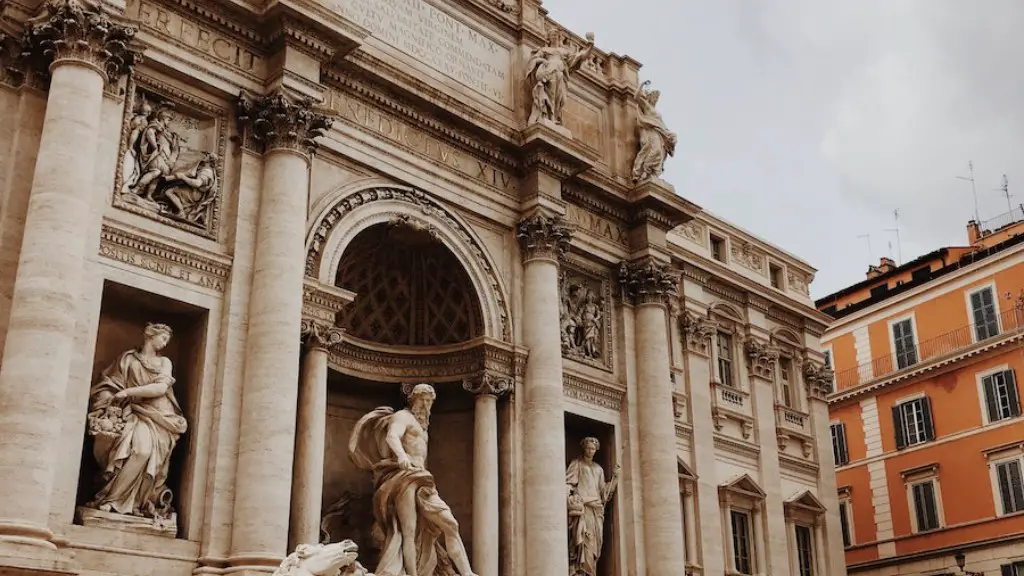Who Took Down Ancient Rome?
Ancient Rome was a vast kingdom and superpower in its time. It was considered one of the most sophisticated and influential empires in world history and was a major source of awe and inspiration, while its power and glory lasted. But all good things must, eventually, come to an end. Understanding exactly how and why this ended is a question that remains elusive till today.
There are many factors that can be considered, when trying to answer this question. Many experts have suggested that it was a combination of social, political, economic, and environmental forces that led to its eventual collapse. Another conclusion is that it was due to external factors such as invasions, or the exhaustion of its resources.
One of the most popular theories is that of Edward Gibbon, who argued that its collapse was due to internal weaknesses and a decline in moral values. This was based on the fact that, by the end of the Roman Empire, there was a growing level of luxury, wealth, and excess that distracted the citizens from the more important ideals of service and sacrifice.
Additionally, Edward Gibbon claimed the lack of sound economic and political policies, the increased taxation, a prolonged period of civil war, the plague, the invasion of the barbarians and a religious divide between the ruling class and its people were also responsible for the fall of Rome.
The fall of Rome was also seen as a result of military failure and political mismanagement. It has been suggested that the Emperor’s failure to maintain a large, motivated and well-supplied army, as well as the long-term political infighting between powerful factions in the city, led to its downfall.
The influence of Christianity on the Roman Empire is also worthy of consideration. As Christianity became more popular, the traditional Roman religion began to decline. This weakened the social bond between citizens and the government and caused a decrease in the sense of patriotism that had been a key factor in Rome’s strength.
It is clear that there is no one single answer to the question of who took down Ancient Rome. Most experts agree that it was a combination of internal and external factors that led to the decline and eventual collapse of the world’s most powerful kingdom.
Technology:
The decline of the Roman Empire also correlated with the decline of its technology. By the late 4th and early 5th century, the technical skills used to build the roads and walls of Rome had become outdated, meaning maintenance was required more frequently.
The decline of technical skill also manifested itself in a decline in the Empire’s ability to adapt to new advancements in warfare. The Byzantines and Goths, two surrounding kingdoms, had more developed military techniques, whereas the Romans’ outdated methods could not compete.
The decline of technological prowess was also a result of economic decline. The Roman government’s struggle to maintain a large army, as well as its inability to pay the wages it once did, meant that experienced technicians such as craftsmen, plumbers, masons, and more could not afford to stay, leading to a vicious cycle.
This decline in technological expertise ultimately weakened Rome’s defences and ability to stay competitive, which in turn undermined its power and status, eventually leading to its downfall.
Environmental Factors:
The depletion of natural resources was another major factor in the decline of the Roman Empire. By the 4th century, the topsoil had been rendered almost useless from extensive farming, and the extensive deforestation around the Mediterranean had reduced the amount of timber available for construction and industry.
Additionally, the rise of global warming reduced the yields of harvests, dramatically reducing the food supply of the Empire. As a result, the price of food increased, poverty and famine were rampant, leading to economic crisis and social instability.
By the 5th century, the dust storms caused by the deforestation and soil erosion were incredibly severe. Some tales even tell of these storms blocking out the sun. As a result, the Roman Empire was unable to cope with the changing climate, leading to increased economic strain and destabilizing its military forces.
Decline of Education:
The decline in formal education is also believed to have been a contributing factor to the decline of the Roman Empire. By the 4th century, the number of teachers had fallen significantly, meaning the quality of education was greatly diminished.
This decline in education also resulted in a decline in literacy, as parents struggled to teach their children to read and write. This decline was only increased by the taxation system, which was inaccessible to most citizens and reduced the amount of resources available for books and learning materials.
By the 5th century, Roman citizens lacked the knowledge and skills required to govern an empire, resulting in a decline in innovation and social development. This lack of knowledge and resources meant that when the Empire faced decline, they lacked the ability to address the issues.
Barbarian Invasions:
The decline of Rome is also inextricably linked to barbarian invasions. The barbarian invasions were a series of large-scale migrations by tribes from the north such as Vandals, Goths, and Visigoths who helped weaken the strength of the Roman Military.
The Visigoths, in particular, represented a major threat to Rome as they conquered the Tervingi and Greuthingi tribes and laid siege to the city of Rome itself in 410 AD. This, combined with the internal chaos and decline in power, helped lead to the collapse of the Roman Empire.
The downfall of the Roman Empire showed the insecurity of life and the fragility of power on a global scale. Rome’s fall was complex and it was the culmination of multiple factors both internal and external. It is the perfect example of how powerful empires can fail without careful and consistent management.
Economic Decline:
Economic decline was also a key factor in the decline of the Roman Empire. By the 4th century, inefficient taxation and poor management of funds meant that economic growth had slowed significantly.
Furthermore, by this point, the money supply had become incredibly inflated due to excessive minting. This led to rapid inflation, as well as a collapse in the value of the currency, both of which had serious consequences on the economy.
By the 5th Century, the devastating effects of inflation were felt by society. This had a serious impact on the middle class, which could no longer keep up with the increased rate of inflation. As a result, the economy began to collapse, leading to increased poverty and social unrest.
Political Turmoil:
Political instability was also a major factor that led to the decline of Ancient Rome. By the 4th century, the Senate had become increasingly divided, with a majority of the members unable to agree on who should lead the Empire.
Additionally, the increasing power of the military led to the rise of military dictatorships, as well as power struggles amongst powerful families who were vying for political and economic power.
By the late 4th and early 5th century, the political crises in Rome had become so severe that there was, for a time, a split in the Roman Empire, with two rival claimants to the throne. This lack of decisive leadership meant that the Empire was unable to deal with its crises, further weakening it.
Ultimately, the decline of the Roman Empire can be attributed to both internal and external factors. Political turmoil, military failure, environmental destruction, economic decline, and the weakening of traditional values all helped contribute to its eventual downfall.
